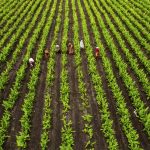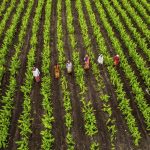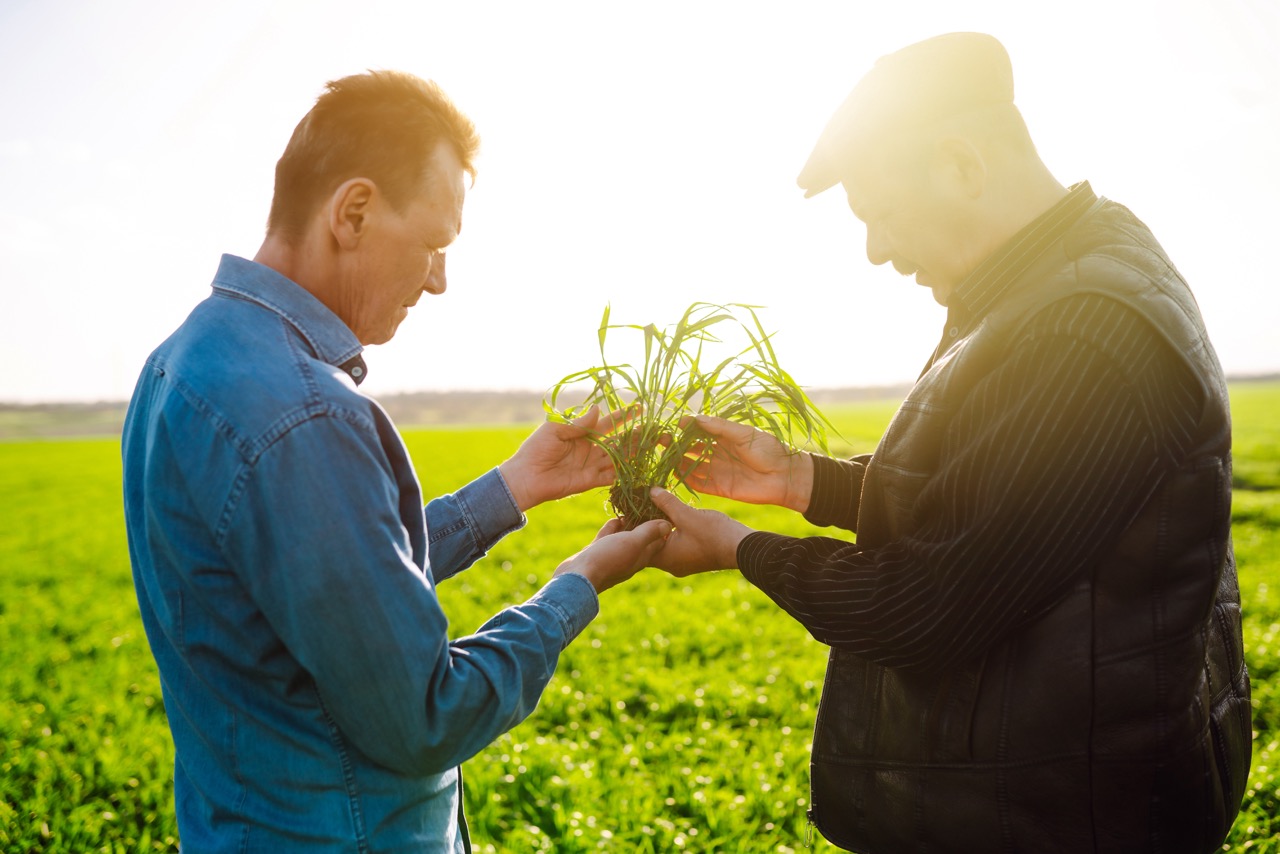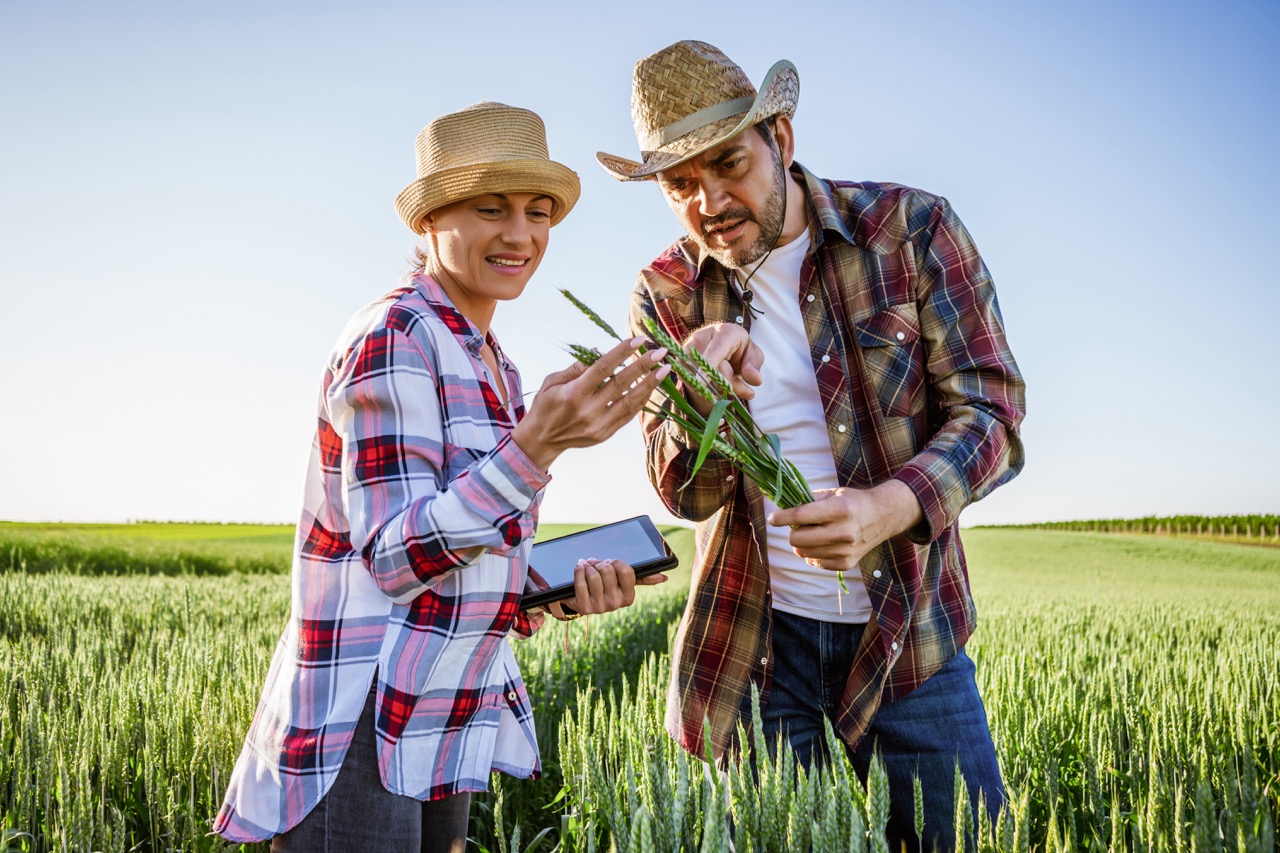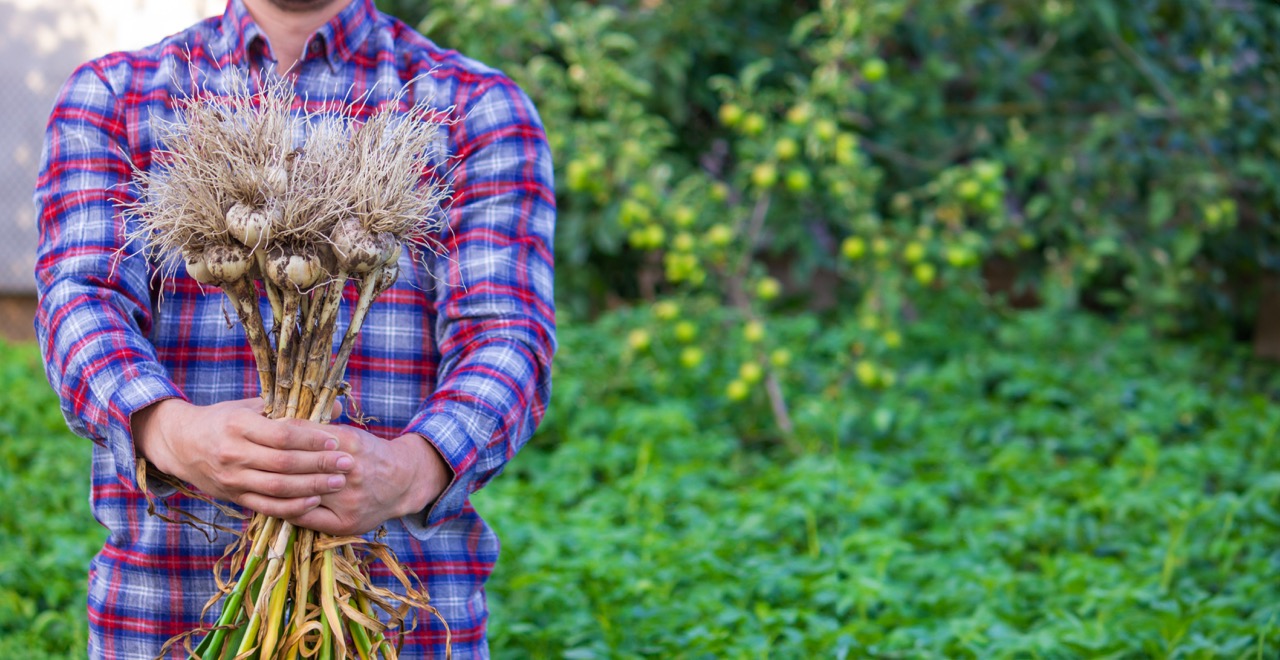As the demand for sustainable agriculture practices increases and urbanization continues to reshape our landscapes, crop sharing is emerging as a vital solution for food security and community resilience. This innovative approach allows individuals and organizations to share resources, land, and knowledge, fostering collaboration between farmers and consumers. The future of crop sharing promises to harness technological advancements, promote sustainable practices, and strengthen community ties, making it an essential component in the evolution of modern agriculture.
Evolving Landscape of Crop Sharing: A New Era Begins
The traditional model of agriculture is undergoing a significant transformation, driven by various socioeconomic factors, including the need for more efficient land use and rising food prices. The concept of crop sharing has gained traction as a viable alternative, enabling individuals, organizations, and even municipalities to cultivate land collaboratively. This paradigm shift not only optimizes land use but also democratizes access to agricultural resources, allowing more people to participate in food production.
The rise of urban agriculture and community gardens has further revitalized interest in crop sharing. As cities become more densely populated, green spaces are increasingly being converted into productive landscapes. This trend not only enhances food security in urban areas but also strengthens local food systems by fostering relationships between consumers and producers. The shared responsibility for farming also encourages a sense of stewardship over the land, leading to more sustainable practices.
Moreover, the COVID-19 pandemic has accelerated the shift towards local food systems, as consumers seek fresher produce and prioritize food sovereignty. This newfound focus on community-driven agriculture has propelled crop sharing into the mainstream, prompting increased collaboration among farmers, gardeners, and urban planners. As more people recognize the benefits of crop sharing, we can expect to see an expanding network of shared agricultural initiatives that leverage local talents and resources.
Technological Innovations Driving Crop Sharing Forward
Technology is playing a pivotal role in the evolution of crop sharing, revolutionizing how individuals and organizations engage in agricultural practices. Platforms that facilitate the sharing of land, tools, and expertise are emerging, allowing users to connect with one another seamlessly. These digital solutions enable individuals to track available plots, find partners for cultivation, and share knowledge about best practices, ultimately fostering a vibrant community of growers.
One of the most significant developments in this realm is the rise of precision agriculture tools, which enhance productivity and resource efficiency. Drones, soil sensors, and data analytics are helping farmers optimize their crop yields, making it easier to share land and resources. With real-time data on soil health, moisture levels, and nutrient needs, farmers can collaboratively manage shared plots more effectively, ensuring that each participant benefits from the arrangement.
Additionally, blockchain technology is being explored as a means to enhance transparency and traceability in crop sharing agreements. By providing a secure and immutable record of transactions, blockchain can help build trust between participants, ensuring that resources are allocated fairly and that contributions are recognized. This innovation may prove crucial in establishing a more reliable framework for crop sharing, fostering long-term partnerships and encouraging wider participation.
Sustainability and Crop Sharing: Trends to Watch
As concerns about climate change and environmental degradation mount, sustainability has become a key focus in agriculture. Crop sharing naturally aligns with sustainable practices by promoting the efficient use of resources, reducing waste, and encouraging biodiversity. By allowing multiple users to cultivate the same land, crop sharing maximizes the potential of each plot, minimizing the environmental impact associated with conventional farming methods.
Circular economy principles are also gaining traction within the crop sharing movement. By prioritizing the reuse and recycling of agricultural inputs, such as compost and organic waste, participants can create a closed-loop system that benefits both the environment and their community. This approach not only reduces reliance on synthetic fertilizers and pesticides but also strengthens local ecosystems, enhancing resilience against climate-related challenges.
Furthermore, there is a growing emphasis on regenerative agriculture practices within the crop sharing community. Participants are increasingly adopting methods that restore soil health, improve water retention, and increase carbon sequestration. As these practices become more widely recognized and implemented, crop sharing initiatives will likely play a crucial role in driving the transition to a more sustainable and regenerative agricultural system that benefits both people and the planet.
The Role of Community in the Future of Agriculture
At the heart of crop sharing lies the concept of community. As urban populations grow and rural areas face challenges, the importance of local connections becomes increasingly evident. Crop sharing fosters a sense of belonging and mutual support among participants, allowing them to work together towards common goals, such as food security and sustainability. This communal approach not only strengthens individual relationships but also builds resilient local food systems.
Community engagement is essential for the success of crop sharing initiatives. By involving diverse stakeholders, from novice gardeners to seasoned farmers, these collaborations can tap into a wealth of knowledge and resources. Educational programs, workshops, and mentoring opportunities can help participants learn from one another, fostering a culture of continuous improvement and innovation within the agricultural community.
Moreover, the social aspects of crop sharing extend beyond agriculture itself. These initiatives often serve as catalysts for broader community development, addressing issues such as food deserts, unemployment, and social isolation. By bringing people together around a shared purpose, crop sharing promotes social cohesion and empowers individuals to take control of their food sources, ultimately contributing to healthier, more vibrant communities.
The future of crop sharing is poised to reshape the landscape of agriculture in innovative and meaningful ways. As technological advancements, sustainability initiatives, and community engagement converge, crop sharing offers a promising alternative to traditional farming methods. By fostering collaboration and resource-sharing, this evolving practice not only enhances food security but also strengthens community ties, creating a more resilient agricultural ecosystem for generations to come. As we look ahead, embracing the potential of crop sharing will be essential in meeting the challenges of an increasingly complex food system.
